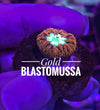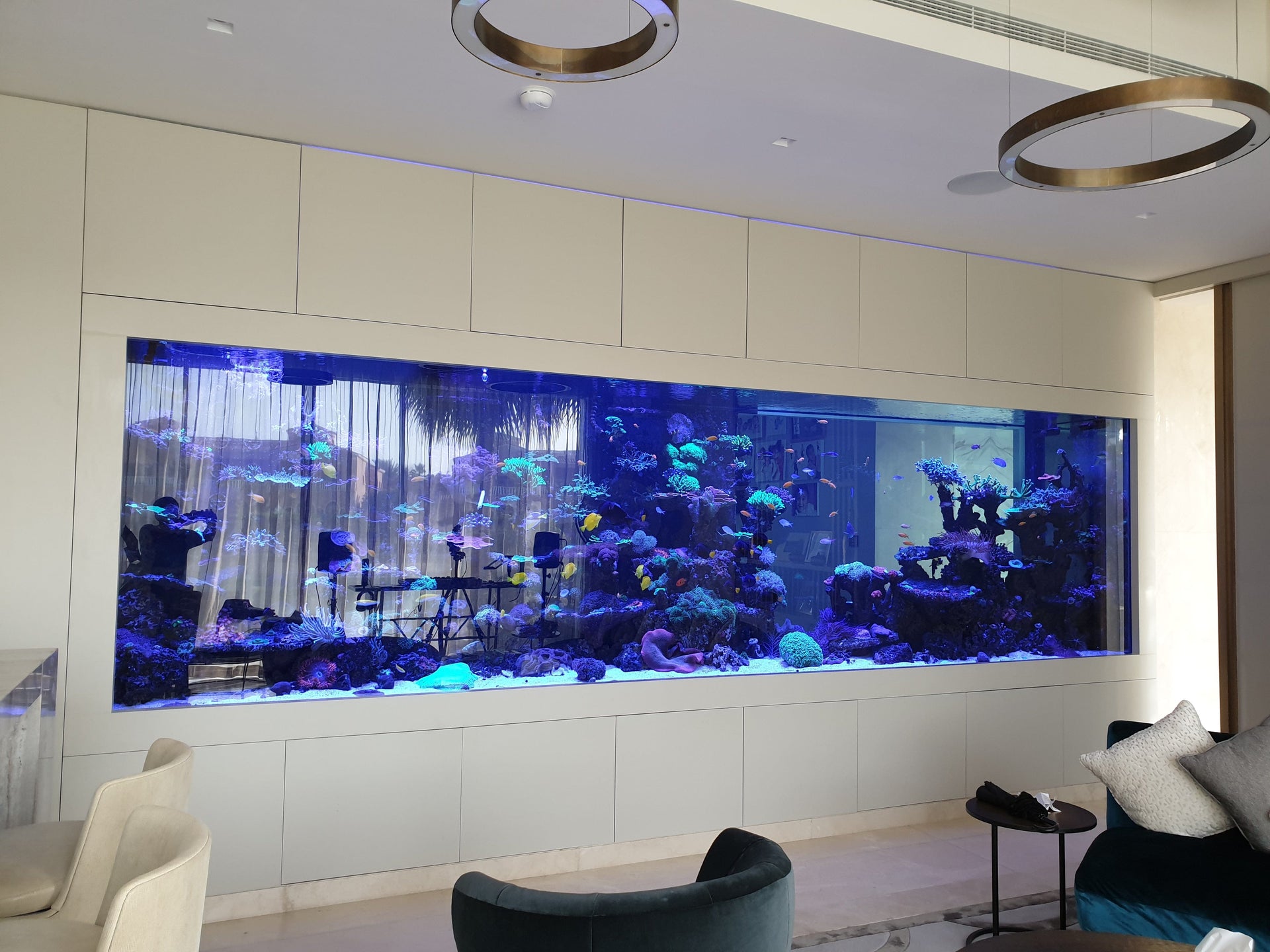The Moorish Idol is also commonly known in Hawaii as "Kihikihi" which means "curves," "corners," or "zigzags," and refers to its shape and color pattern. It is the only member of the family Zanclidae, and a very close relative of the Tangs or Surgeonfish. One of the most widespread fish, it can be found throughout the Indian Ocean, Red Sea, and all of the tropical Pacific. Wild specimens can attain a length of 7 inches, but 4 inches is more likely in the aquarium.
The Moorish Idol tends to be very peaceful. Due to its size, schooling nature, and need for swimming space, it requires a large aquarium of at least 125 gallons. As its beauty is most evident while swimming, giving it adequate room is well rewarded. It is compatible with most fish and larger invertebrates, but should not be kept with any polyps or corals, which it will eat. Small invertebrates may be threatened as well.
The Moorish Idol is a very difficult fish to feed. Live rock with large amounts of algae and sponges on which it can feed will help it acclimate. Then offer a varied diet of finely chopped meaty items, mysis shrimp, vitamin-enriched brine shrimp, Spirulina, and algae. It should be fed several times a day.
Perhaps the most graceful of all marine fish, for many hobbyists, it is also one of the most difficult fish to keep because it is so difficult to feed. For all but the most expert hobbyist, it is better admired in the ocean or in a public aquarium rather than in a home tank.
Approximate Purchase Size: Small: 2" to 3-1/2"; Medium: 3-1/2" to 4-1/2"; Large: 4-1/2" to 5-1/2"
|
Please note: We guarantee that ALL aquaria species we offer will arrive alive and in good condition. However, because of the increased level of care required for this particular species, it has been designated as "Expert Only." This species is recommended only for the expert aquarist, zoo, or research institution. “Expert Only” aquatic life is exempt from our extended guarantee after their arrival.
- Due to variations within species, your item may not look identical to the image provided. Approximate size range may also vary between individual specimen.
|
Credits: https://www.liveaquaria.com/






























































